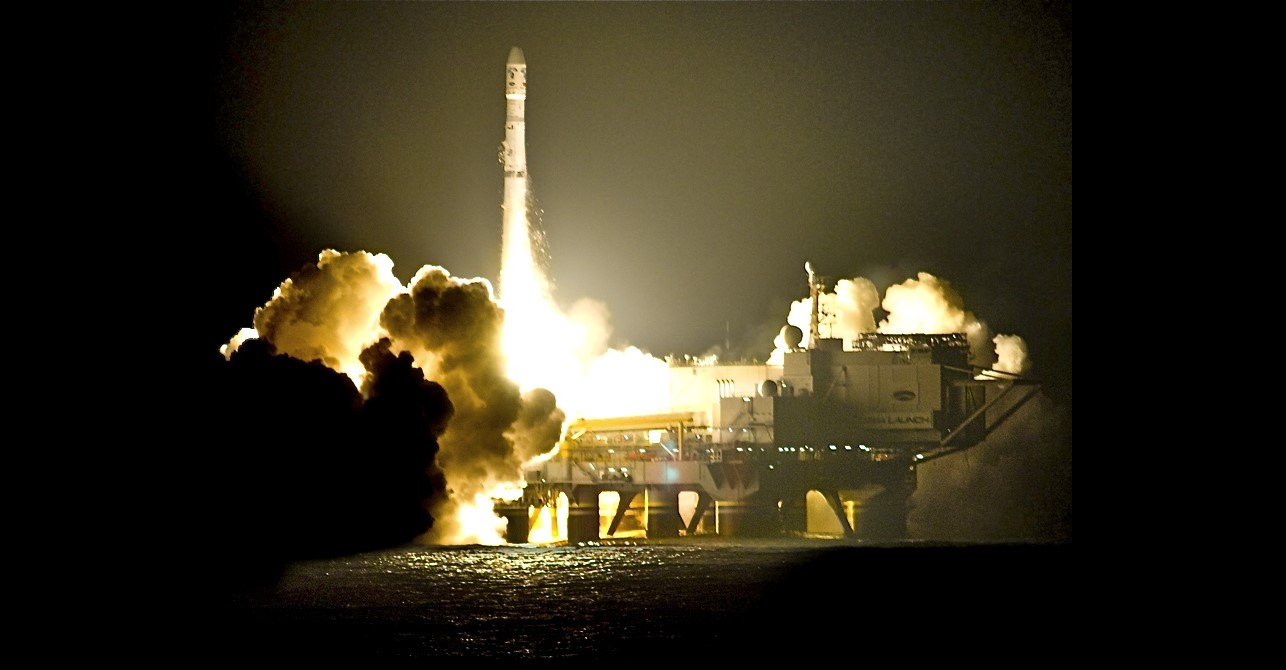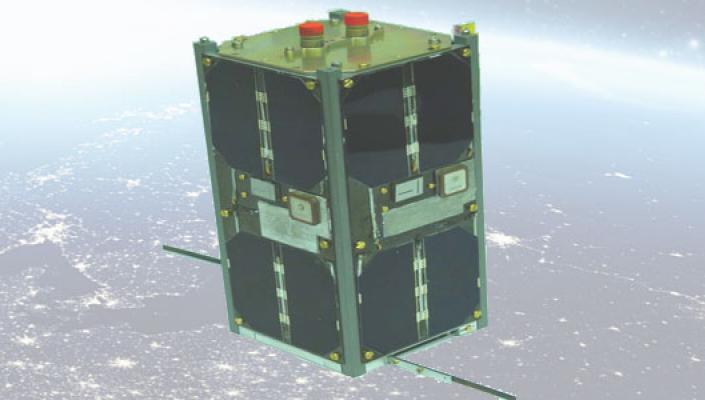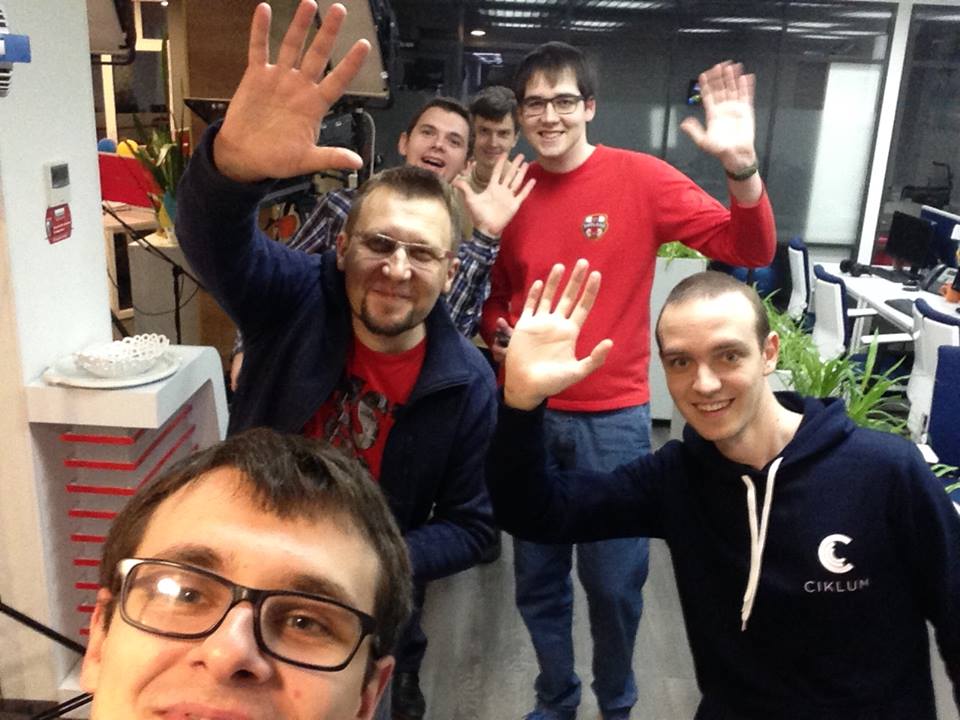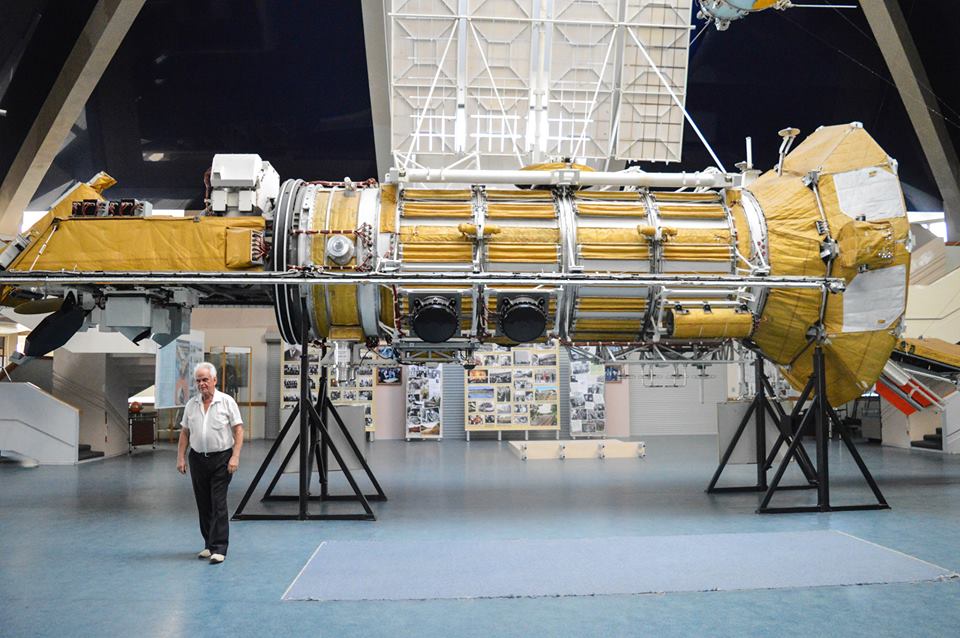On March 12, the Dnipropetrovsk Regional State Administration hosted a retreat session of the Ukrainian parliament’s Committee on Economic Development. The main subject on the lawmakers’ agenda was the prospects of reviving the Ukrainian rocket industry as well as launching a national space program. Dnipro—nicknamed Ukraine’s “space valley”—became known during Soviet times for rocket production (both military and civilian). The zenith of the region’s development coincided with the creation of the SS-18 “Satan” missile; though, after the dissolution of the Soviet Union (and a number of other factors), the aerospace sector atrophied (Uprom.info, March 16).
Now, Ukrainian authorities are attempting to revitalize the industry and restore the country’s traditional role in the space-launch economy. The above-mentioned March 12 economic development committee session was attended by representatives of the State Space Agency and leading aerospace and engineering companies, including A.M. Makarov Southern Machine-Building Plant (Pivdenmash). Pivdenmash produces space-launch vehicles (including the Tsyklon and Zenit families), liquid-propellant rockets and landing gears, the first stages of Antares boosters, and the fourth stage for Europe’s Vega launch vehicle (Space.com.ua, March 12).
During the Dnipropetrovsk meeting, the parliamentary committee members made several important decisions. First, lawmakers agreed to create a Ukrainian aerospace concern, which will bring together companies from the space and aviation sectors. The objective of this new body will be to stimulate the development of the domestic space industry, allowing Ukraine to become a full member of the global space industry market (Day.kyiv.ua, March 16). Incidentally, on February 26, Kyiv opened up participation in the space industry to Ukrainian citizens and private enterprises, thus permitting them to commercially exploit, explore, and use Earth orbit and outer space on behalf of the country—endeavors previously limited to state-owned companies. Now, private companies will be authorized to inter alia launch rockets and/or spacecraft; test rocket engines and spacecraft; as well as control satellites in orbit and the spacecraft and/or their components to Earth (Me.gov.ua, February 26). Additionally, private space companies will no longer need to seek the state’s approval to conduct negotiations with foreign companies (Delo.ua, November 25, 2019). These initiatives should help foster a competitive environment in the industry, as well as attract foreign investment. Moreover—while not many details have been unveiled—the State Space Agency will take over two high-technology enterprises that presently fall under the Ukrainian state-owned defense-industry conglomerate, Ukroboronprom (Mil.in.ua, March 12, 2020).
Second, the gathered parliamentarians recommended that the Ministry of Economic Development and the State Space Agency of Ukraine jointly develop an action plan enabling Ukraine to become a full member of the European Space Agency (ESA) (Wing.com.ua, March 13). In May 2018, the Ukrainian State Space Agency and the European Commission signed a Cooperation Agreement that established a partnership on Earth observation (Kmu.gov.ua, July 10, 2018); now, the time has come to deepen that partnership, the Ukrainian legislators argued. Moreover, on December 1, 2019, Brussels and Kyiv launched the Ukrainian Regional Center of the European Union’s Copernicus Earth observation program. This initiative simplifies Ukraine’s access to the data from Copernicus Sentinel satellites, meaning that both the public and private sectors of Ukraine will be granted free access to this valuable data (Space.com.ua, January 28). According to Ivanna Klympush-Tsintsadze, Ukraine’s deputy prime minister for European and Euro-Atlantic integration, this cooperation will become an important factor in ensuring sustainable development in such areas as security, economics, energy, environment, transport and research (Kmu.gov.ua, July 10, 2018).
Ukraine’s Dnipro-based space industry provides jobs for more than 11,000 highly-qualified specialists. Oleksandr Bondarenko, the governor of Dnipropetrovsk Oblast, announced his readiness to invest $1 million from the regional budget to co-finance the launch of a satellite produced at the Yuzhnoye Design Office. According to Dmytro Natalukha, from the ruling Servant of the People political party, the space industry could become the principal “locomotive” of the Ukrainian economy. He argued that “each dollar invested in the industry will result in a ten-fold return” (Space.com.ua, March 12).
Apart from the economic aspect, the revival of the domestic space rocket industry and the homegrown development of space technologies are essential for Ukrainian national security and defense capabilities. Namely, remote-sensing satellites could contribute greatly to military intelligence and data collection, which the country currently lacks, having to rely on foreign providers (Cbc.ca, September 25, 2017). Despite numerous obstacles, the Yuzhnoye Design Office has already developed a next-generation Ukrainian optical mini-satellite mission—the Sich-2-1. Notably, the special economic development committee meeting in Dnipropetrovsk agreed on the possibility of launching a Sich-2-1 satellite in 2021 (Day.kyiv.ua, March 16, 2020). If Ukraine is able to successfully implement the program and provide stable financing, the country will be able to eliminate its dependence on foreign providers and will receive a powerful orbital grouping of remote-sensing satellites that should greatly enhance the technical capabilities of Ukrainian intelligence. For example, remote-sensing data received from the Sich-2-1 could determine the buildup of enemy forces in a specific area, their composition and size, and approximate combat readiness (Mil.in.ua, March 6).
Additionally, the Yuzhnoe Design Office has reported that it is working on the development of super-heavy space launch vehicles of the Cyclone and Mayak families. Designers from the bureau claim that the Mayak-SH-3 rocket will be able to deliver 59 tons of cargo into low-Earth orbit; the Mayak-SH-5 rocket—93 tons; the Mayak-SH-6—109 tons; and the Mayak-SH-7—as much as 125 tons. The launch vehicles are planned to be used for a variety of tasks, including eventually supporting near-Earth orbit assets of a Ukrainian “Earth–Moon–Earth” lunar transport system (RIA Novosti, December 29, 2019).
Despite major difficulties experienced by the country after 1991 and 2014, Ukraine’s space industry survived and is ready for a breakthrough. The country still controls the complete rocketry production cycle, maintains the necessary base of scientific and engineering knowledge, and boasts a successful track record of implementing international space projects. With the proper package of incentives and investment, it now appears well poised to rise up and rejoin the elite cohort of the world’s leading space powers. By developing its domestic space industry, Ukraine can simultaneously strengthen its defense potential as well as open new doors for civilian businesses/enterprises, thus establishing a key source of sustainable long-term economic growth.
Read More:
- 10 successes of Ukraine in 2019 you don’t know about but should
- Boeing-Antonov contract could revive Ukraine’s air industry
- Kyiv Polytechnic Institute to design and market satellites with energy NGO
- UK-Ukrainian satellite launch vehicle developer Skyrora to test its first rocket in 2018
- Canada’s first spaceport will launch Ukrainian rockets
- Dnipro will not let Ukraine’s space glory be forgotten
- Ukrainian MarsHopper won NASA Space Apps Challenge
- Ukrainian Zenit-3SL Rocket Successfully Launches the EUTELSAT 3B Spacecraft








